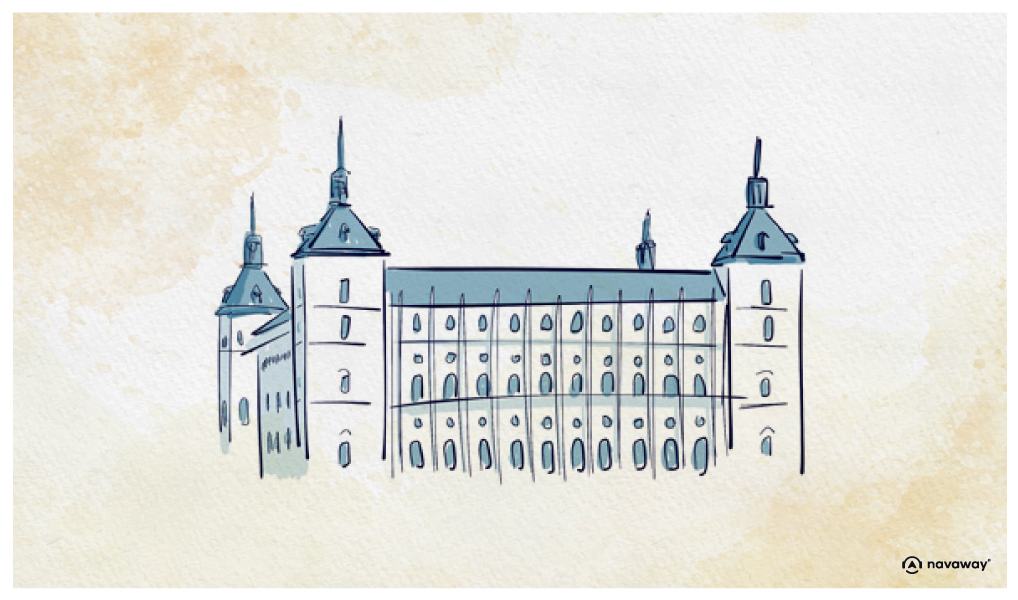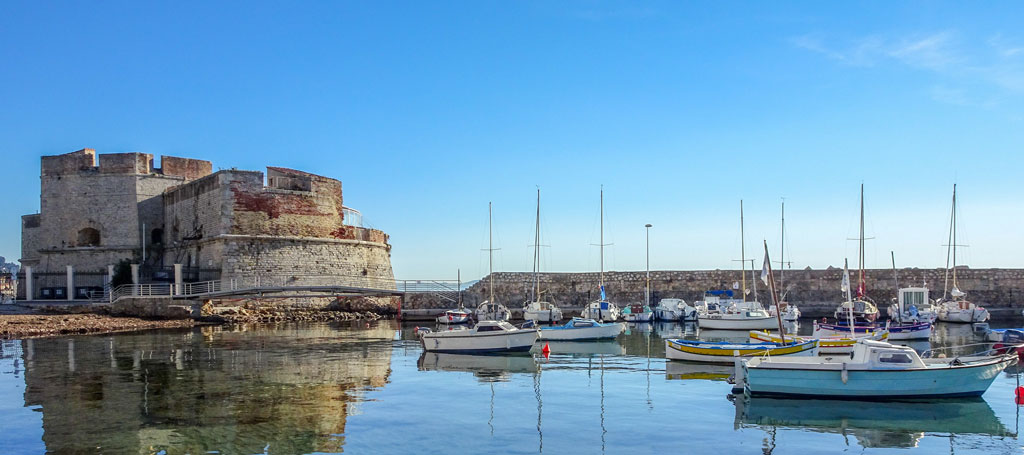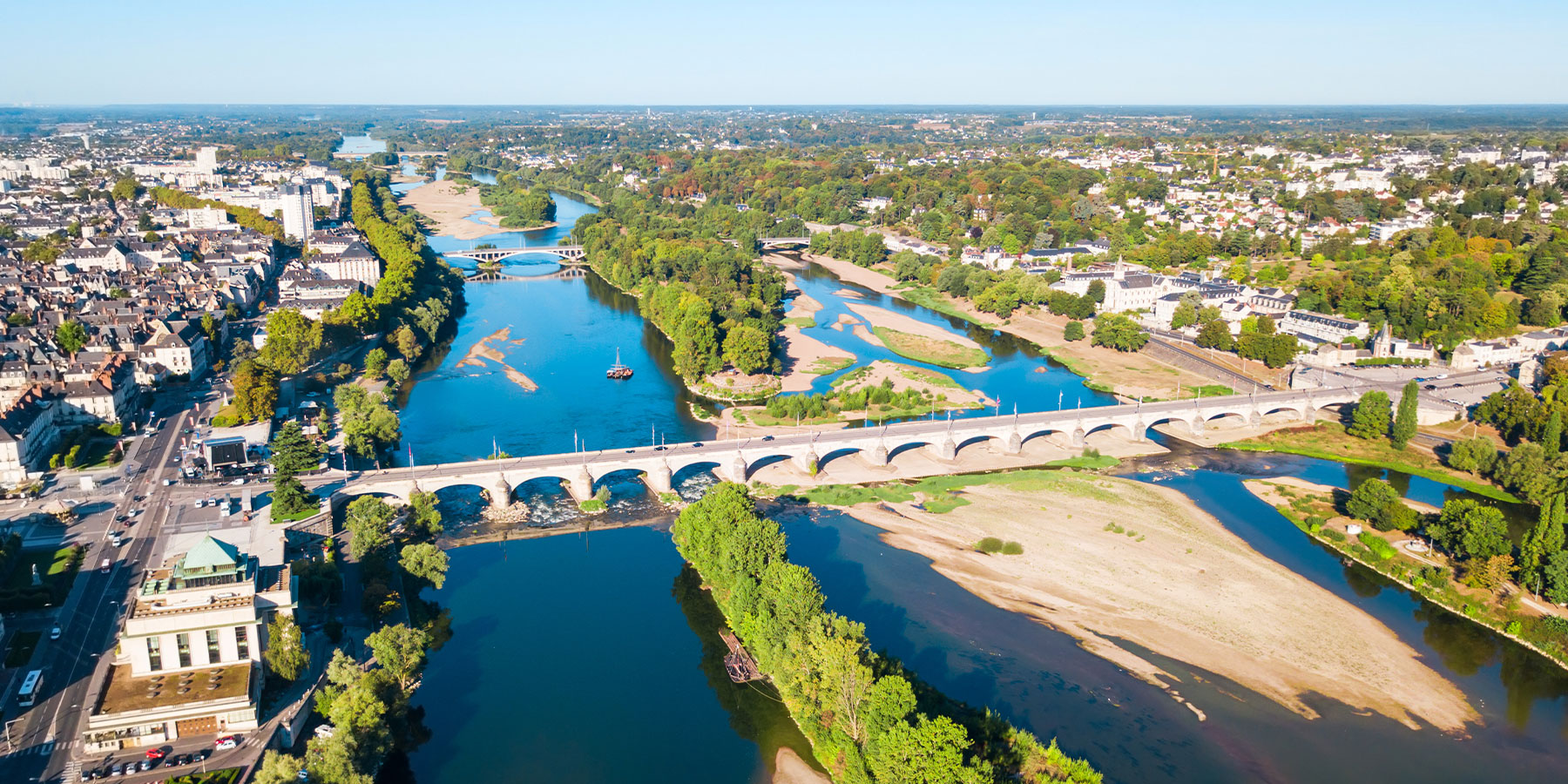
Alcazar of Toledo

This point of interest is available as audio on the tour: Visit Toledo, A gem by the Tagus River
A massive fortification towering over the city, with its four pointed towers—this is the famous Alcázar of Toledo. The name Alcázar comes from Arabic, and means “fortified palace.” You might be familiar with the one in Seville. These buildings, present in many Spanish cities, were later adopted and transformed by Christian rulers during the Reconquista. As for the Alcázar of Toledo, its story goes back a long way. In the 3rd century, it’s believed to have housed the Roman administration of the city. Then, in the 6th century, it served as a royal residence for the Visigoth kings. During Muslim rule, it was renovated several times by the emirs of Córdoba. And when Alfonso VI captured Toledo in 1085, the fortress was redesigned once again—this time to reflect Christian tastes. Over the centuries, four different Alfonsos ruled over Toledo—Alfonso VI, VII, VIII and X—and all of them used the Alcázar for military purposes. (And no, you didn’t miss Alfonso IX. He ruled elsewhere!) Later on, in the 16th century, Emperor Charles V decided to transform the old fortress into a grand royal residence. The famous Spanish architect Alonso de Covarrubias oversaw the redesign, later continued by Juan de Herrera under Philip II. The transformation was so ambitious that people soon referred to it as “the Alcázar of all Alcázars.” But this imposing building wasn’t spared by history. It was burned down several times—first by Napoleon’s troops in 1810. Because it sits on the highest point in Toledo, it also received a Chappe optical telegraph, allowing long-distance communication across the region. After being set on fire again in 1887, the Alcázar was rebuilt and became home to Spain’s top military training institution: the General Military Academy. Then, in July 1936, it became the site of one of the most symbolic episodes of the Spanish Civil War: the Siege of the Alcázar of Toledo. Nationalist troops took refuge inside, surrounded by Republican forces. Franco’s army eventually came to their rescue, marking an important early victory in the war. The conflict continued until 1939, ending with the fall of Madrid. Francoist Spain, allied with Nazi Germany and Fascist Italy during World War II, maintained its dictatorship until 1975. In front of the Alcázar, you’ll see a statue of a woman holding a sword. It’s the Monument to the Besieged, dedicated to those who died during the siege. After the battle, the Alcázar was left in ruins once again. But it was rebuilt—yet again—and today it houses both military offices and the Army Museum. If you’re curious, don’t hesitate to step inside. The museum traces the city’s long and turbulent history through a stunning collection of weapons—displayed within the very walls of this UNESCO World Heritage monument.


Discover Toledo with app
An interactive guide through the most beautiful streets, squares, and districts
24 fun audioguides full of historical facts, anecdotes, and legends





Comments